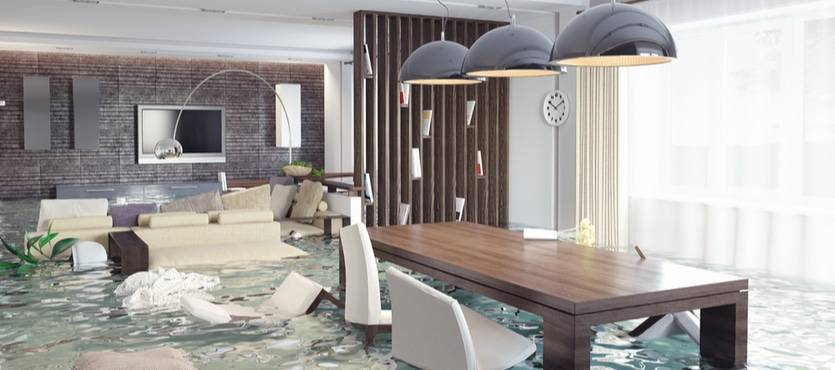If you live in flood zones or a place prone to hurricanes, you understand the need to prepare earlier. Things like flood barriers are increasingly becoming popular. But there are times when the water overpowers their capabilities.
Also, you can protect your home surroundings, but elements like a drainage system can still let you down. So, to keep your home safe, consider these tips on how to avoid residential flooding. They are extensive solutions that will ensure nothing is left to chance. Let’s start.
How to Avoid Residential Flooding
- Flood Barriers
The first step to preventing external water from flooding your residents is installing flood barriers. When you compare their cost to that of repairing damages, they are worth it. These barriers are portable and are effective in flood-proofing houses.
They are cheaper than a permanent barrier and are removable when the flood is no more. When picking the flood barrier, choose the water-filled types instead of sand. They are easier to manage and store after floods.
Also Read: Understanding Water Pressure In A Tankless Water Heater
- Use Flood Sensors
While the government effectively warns us about floods in specific residents, you need a home detection system. A home flood sensor will alert you anytime there is any leakage. As such, you can respond earlier and curb significant damages from occurring.
- Sump Pump
Ever wonder what you would do when floodwater flows into your property? Well, a sump pump can help you during this critical time. With this pump, you can pump away water and prevent it from flooding your residents.
For reliability, avoid sump pumps that entirely rely on your home electricity. A power outage may occur and mess up your ingenious plan. Instead, buy those with batteries. In case of any power outage, they will continue to work.
- Check Valves
Use check valves along the sewage lines and drainage system. If possible, install these valves across your home plumbing system for safety.
When there is a flood, the check valves will prevent the backflow of flooded sewages into your residents. If possible, use Gate over Flap valves for a greater seal against the backflow pressure.
See Our Backflow Prevention Services Here
- Change your Garden Slope
If your garden slopes towards your home, then it’s time to grade it. You need the water flowing away from your residents, not towards your home. So, call the necessary help, or do it yourself.
- Change the Direction of Your Downspouts
Downspouts channel a lot of water from the gutters. So, if they are not pointed in the right direction, they could flood the corners of your home.
- Water Proof Your Home
Use sealant on the foundation, doorways, windows, and walls to prevent water leakage from outside into your residents. Ensure all the cracks are well-sealed and no potential place is left unsealed.
- Incorporate Foundation Vents
Foundation vents work uniquely. They allow water to flow away from your residents through your home. As a result, you protect your house foundation from damage because of pooling water. So, relieve your basement and walls from the pressure of flood by incorporating foundation vents. In case your basement is affected, use the sump pump.
- Clear Drainage and Gutters
Maintain the excess water flowing away from your home by clearing the drainage and gutters in advance. This is a DIY task you can manage when you are free.
Calling the Experts
Some floods are just enormous and unmanageable. However, if you can do something to minimize the damage to your residents, that still counts. With these tips, you can manage to reduce the cost of damage to your property. And if you need professional help, plumbing floodproofing is the place to begin.
Installing check valves to prevent backflow is not a DIY project for starters. Other areas include foundation vent installation and a sump pump. So, call Flamingo Plumbing & Backflow Services, and we will assist you with your flood prevention measures and guide you on how to avoid residential flooding. It’s rewarding to be sure of what you are doing instead of trial and error.
Counties that we service include: St. Lucie, Palm Beach, Martin County, Broward County, and Miami-Dade.






